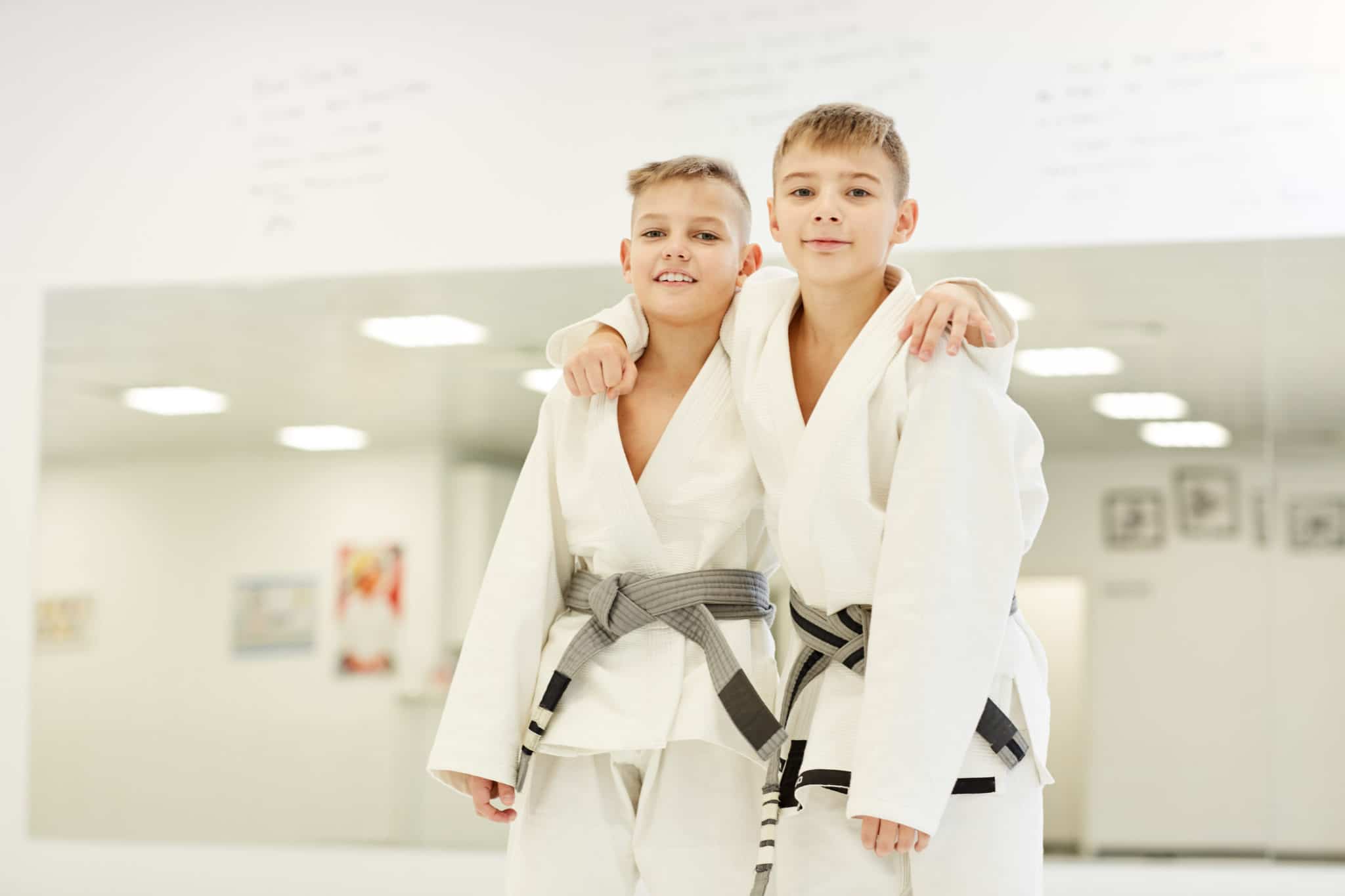3 Tips To Creating A One of A Kind Culture In Your Martial Arts School
“Aikido is not the art of fighting using brute strength or deadly weapons, or the use of physical power or deadly weapons to destroy one’s enemies, but a way of harmonizing the world and unifying people.” ~ Kanshu Sunadomari
Self-defense. Getting into shape. Instilling discipline and self-confidence in children. A desire to fight competitively. There are many reasons why people seek out martial arts classes. And here’s the best part – your school has the power to fulfill these physical and psychological needs people are hoping to meet.
Let’s look beyond your class content and into an equally crucial, but less obvious, element of teaching – the culture you instill. Here are 3 tips for creating a unique culture in your martial arts school that are sure to transform the experiences of your students:
1.) Value Social Interaction
Of course, the foundation of a successful school lies in the quality of its teaching. However, the most successful schools also fulfill the basic human needs of their students.
What needs are we talking about? Camaraderie and family!
If COVID-19 has taught us anything, it’s that humans are social beings. It doesn’t matter how much Netflix you watched or how many walks around your neighborhood you took. During quarantine, nothing replaced human connection.
Amid mastering social distancing and finding COVID-safe spaces, people are seeking new ways to feed their hunger for community. Lucky for you, this opens up a whole new population of clientele for your school.
2.) Adopt a Welcoming Approach
Okay, close your eyes and picture this – it’s the first day of your freshman year of high school. Everything is new and unfamiliar, from the scary seniors to the crowded hallways. You don’t know a soul, and you definitely don’t know how to get to your first period. Ring a bell?
As school owners, it’s easy to forget what those first day jitters feel like. But it’s important to remember that new and prospective students entering your gym for the first time often feel a great sense of intimidation by the martial arts. It’s hard being new, especially in an environment where everyone else seems to know each other so well.
The right culture will help these students see that being new to your school is not nearly as menacing as it seems. While it must be understood and instilled early in the training process that learning a martial art is something that requires a very serious approach, there should also be room for a sense of fun. The best martial arts schools foster a common understanding that, from the highest level black belt to the newest white belt, everyone is encouraging of one another and willing to put others above oneself.
3.) Provide A Personalized Experience
Now let’s take culture even a step further. The best martial arts schools give students a deeply personal experience.
Allow us to state the obvious here – not every person who decides to take a martial arts class does so with the intention of gaining moral self-improvement or participating in community service. Yet it is within martial arts schools that people of all races, beliefs, and personalities are brought together to join in a common goal of self-improvement. Not many other places in our society can boast this quality!
The right school will help students feel more connected with those around them, even if they all share different views and beliefs. It’s your job as a school owner to make sure that your gym is that “right” place for all students.
As taught in China, the martial arts contain a culture of patriotism. It should be no different here in the United States. When taught and practiced at the highest level, the martial arts culture can extend beyond the gym, moving us towards a better America that has greater empathy and tolerance for others.
So next time you’re evaluating your school, remember – there’s so much more to your business than the class content and the quality of your instruction. Don’t forget about the value of your school’s culture, because it may just be the component that keeps students coming back.
“I will do no harm to others. I will not be a person who is aggressive and violent. But neither will I sit here and watch someone be destroyed when I know I should reach out and offer a helping hand.” ~ Vernon Kitabu Turner, The Way and Mind of a Zen Warrior
